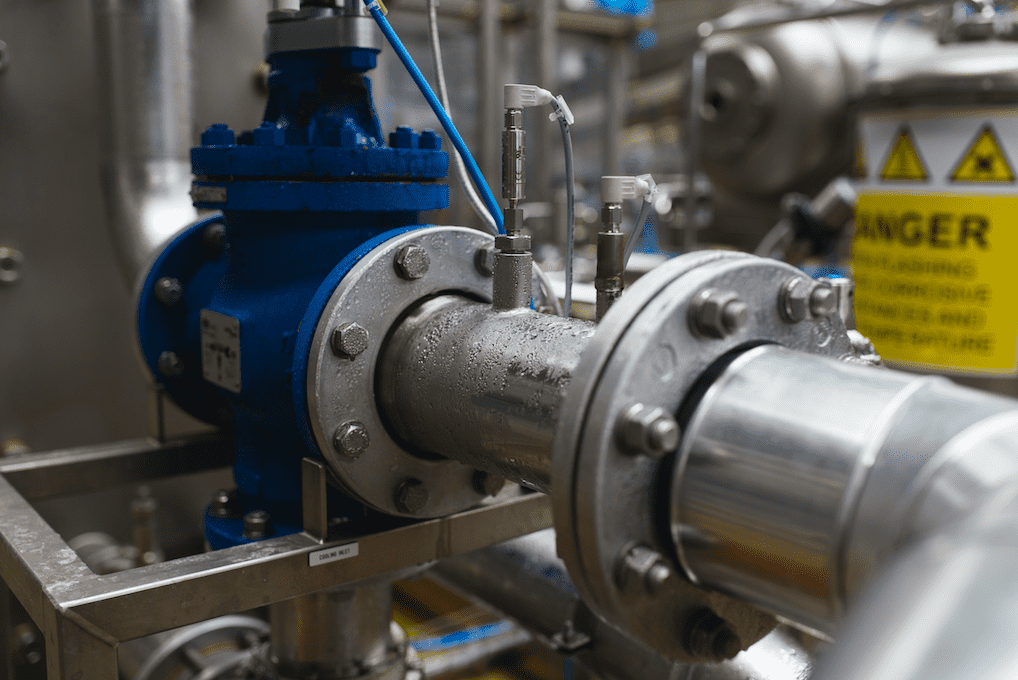Proactive maintenance is so important when it comes to minimizing downtime and extending the lifespan of your pump equipment. One of the most common sources of pump problems is the pump bearing. If the bearing assembly is damaged, deteriorated or not operating properly, it will lead to excessive heat and vibration. This leads to equipment breakdowns and costly repairs.
The most common sources of bearing failure include:
- Insufficient operating clearance
- Too much clearance
- Misalignment
- Loose bearing mounts
- Insufficient lubricant
- Contamination (metal shavings, grease, dirt, etc.)
- Damaged or deteriorated bearing components
Let’s review some strategies that will help you increase your pump bearing longevity:
- Know Your Noises
An experienced pump operator can tell when something isn’t right. Smoke and excessive shaking would be visual signs of problems. A trained ear will hear the difference between normal pump operation and excessive vibration. There will be a tonal distinction that can range from low rumbling to high-pitched sounds. Being tuned into the sounds a pump is making will help identify problems when they happen and potentially prevent issues before they happen.
- Lubricate Properly
Never underestimate the importance of proper lubrication. Bearings require ample lubrication to prevent wear and damage. Use oil sumps with a sight glass that allows you to see the level of oil in relation to the center of the bearing’s bottom rolling element. There should always be an adequate oil film layer and smooth circulation.
- Manage Bearing Temperatures
Proper lubrication plays a large part in maintaining good operating temperatures. If they are too cool, then the components won’t move freely. If they are too hot, this will cause excess friction and vibration that will lead to significant pump damage. Watch the bearing temperatures carefully and keep temperature deviation to a minimum during operation.
- Inspect Your Bearings
A smart component of your pump’s preventative maintenance program should be to regularly remove and inspect your bearings. Look at the lubrication and check for contamination. Collect and analyze data from any bearing monitoring devices. Carefully inspect the bearing and all components for shearing, wear, cracks, discoloration, rust, bent shield or other damage. If there is any concern about the condition of the bearing, replace it as soon as possible. Don’t take chances running the pump with a weak bearing. It will usually end up costing you more downtime in the long run.
To learn more about extending bearing life through proper configuration, monitoring and preventative maintenance programs, contact Cortech DXP today. We are your industrial pump experts committed to helping you get the most out of your pump systems.

